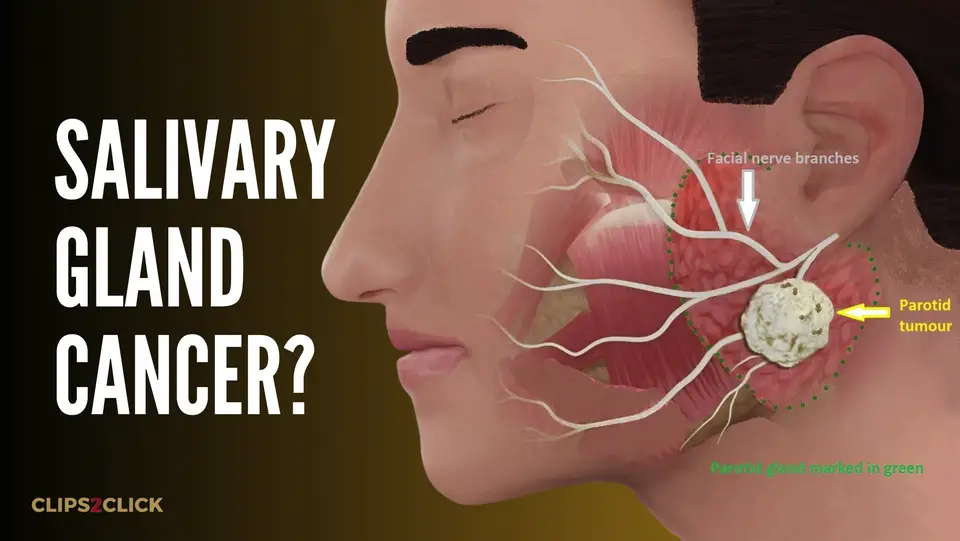Heart Pacemaker Surgery: A Comprehensive Guide

A heart pacemaker is a small device that helps regulate the heart’s rhythm. Pacemaker surgery, also known as heart pacemaker surgery, is a common procedure to implant this device. Heart pacemakers are often recommended when the heart beats too slowly (bradycardia).
What Does a Pacemaker Do?
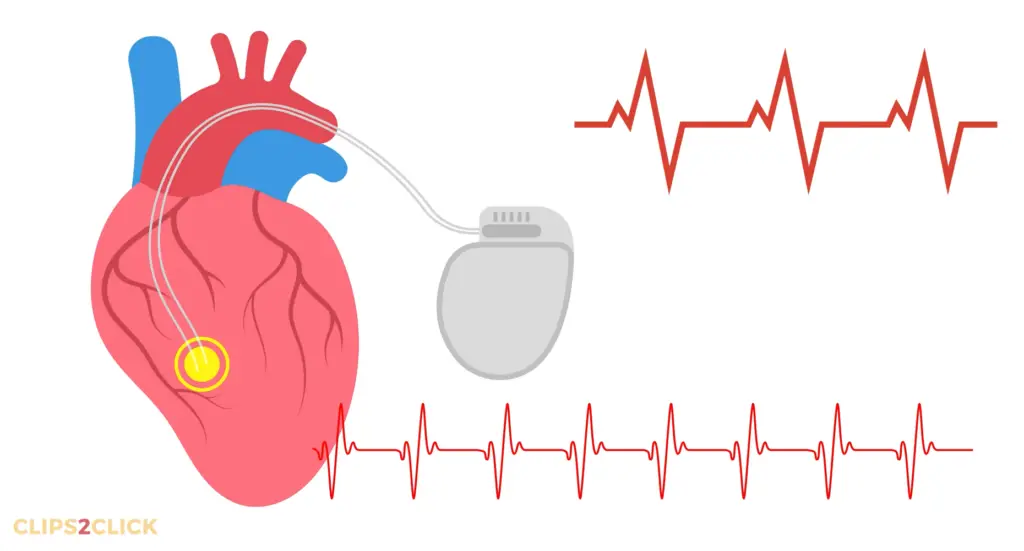
A pacemaker is a battery-operated device that monitors and regulates the heartbeat. It consists of a pulse generator and leads. The generator contains the battery and control circuitry, while the leads are insulated wires that connect the generator to the heart.
The pacemaker senses when the heart rate is too slow and sends electrical signals through the leads, stimulating the heart to beat at a normal pace.
Types of Artificial Pacemakers
There are several types of pacemakers, each designed for specific heart conditions:
Single-chamber pacemakers:
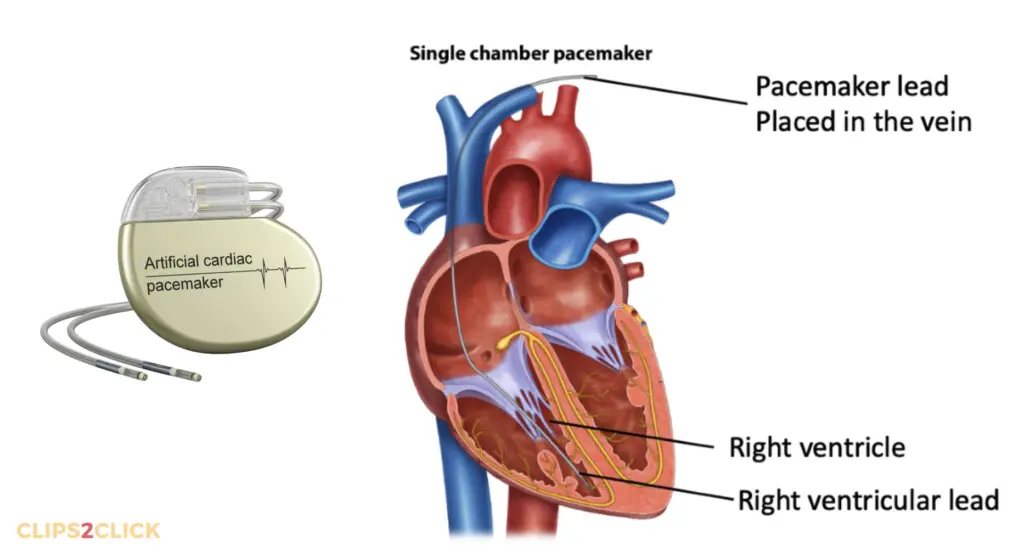
utilize one lead attached to one chamber of the heart.
Dual-chamber pacemakers:
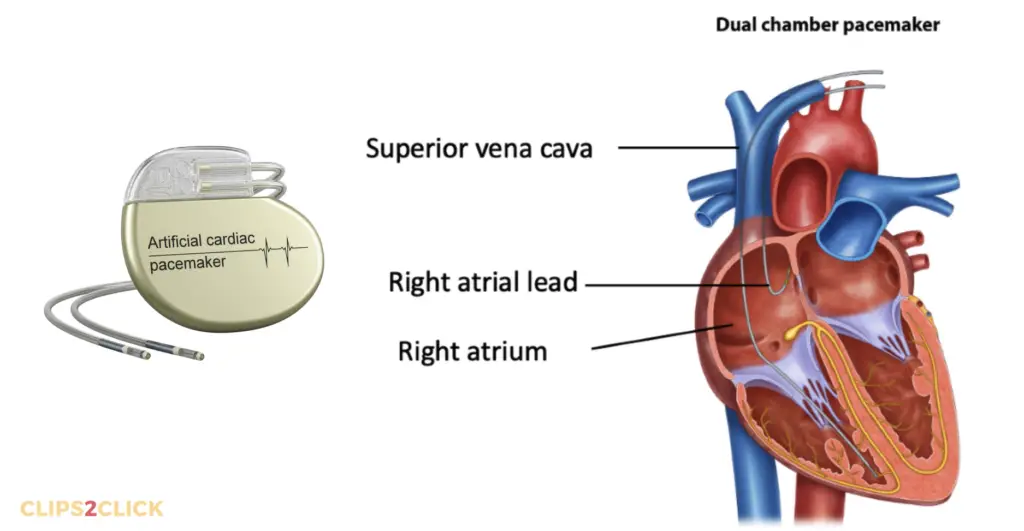
utilize two wires attached to two chambers of the heart.
Biventricular pacemakers:
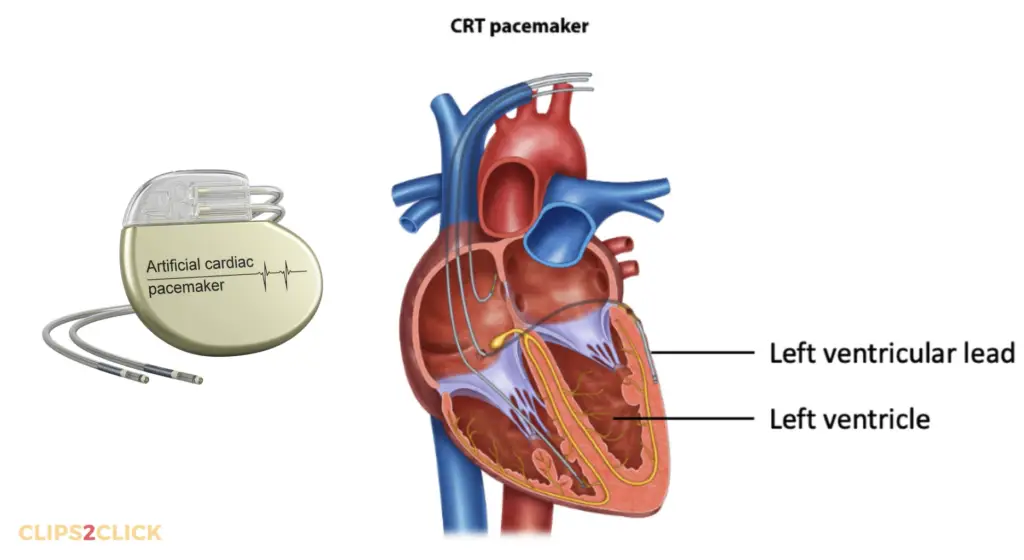
use three wires. Two wires attach to the lower heart chambers (ventricles), and the third connects to the right upper chamber (right atrium).
Leadless pacemakers:
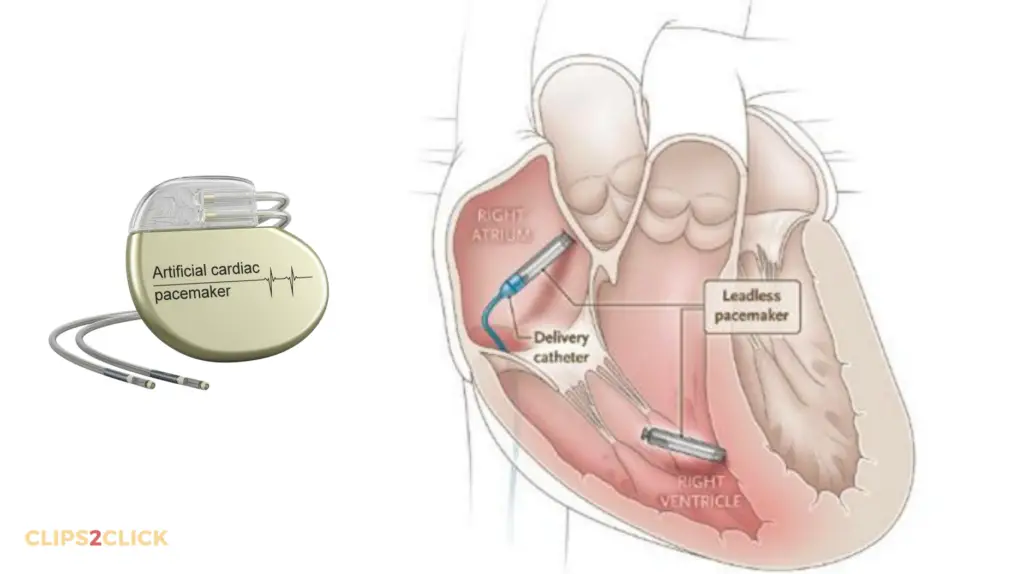
are small, self-contained units implanted directly into the heart’s right ventricle without the need for leads.
What Heart Conditions Require a Pacemaker?
Pacemakers address various heart conditions, including:
Sinus node disease:
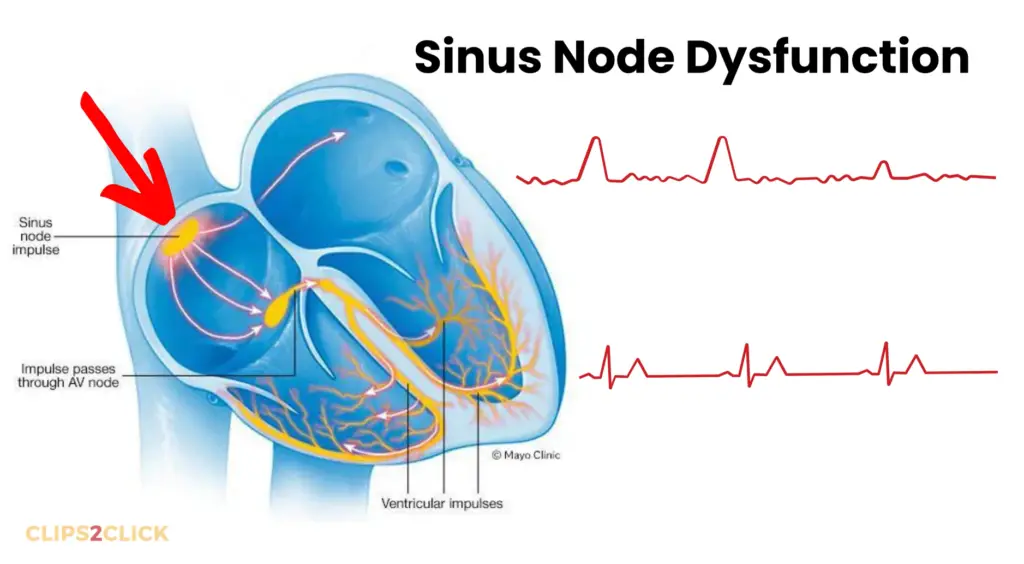
This condition occurs when the heart’s natural pacemaker (the sinus node) fails to function properly.
Heart block:
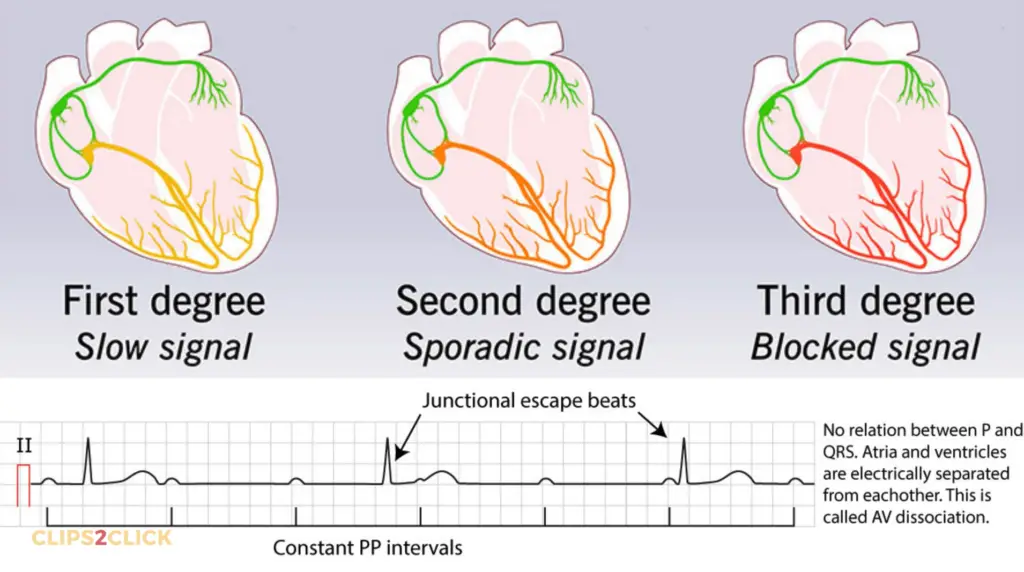
This condition arises from the delayed or blocked electrical signals traveling through the heart, resulting in an irregular heartbeat.
Heart failure:
The heart struggles to pump blood effectively in this condition.
Pacemaker Surgery: The Procedure
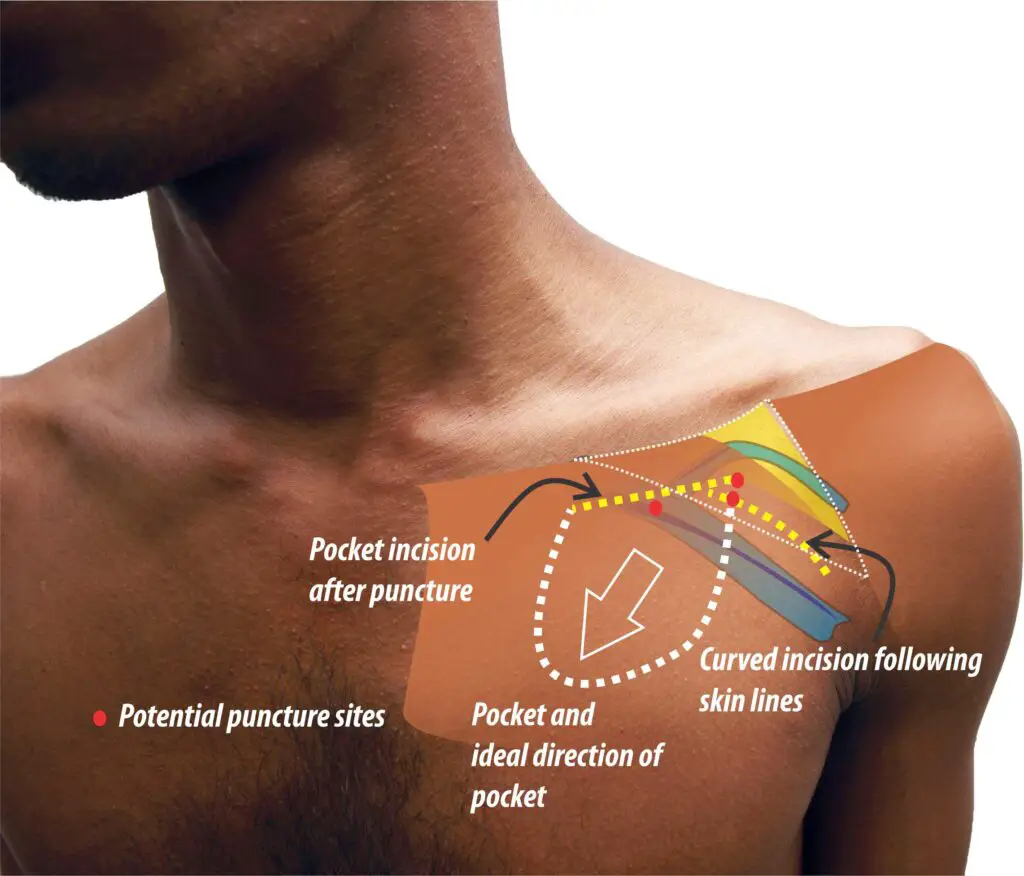
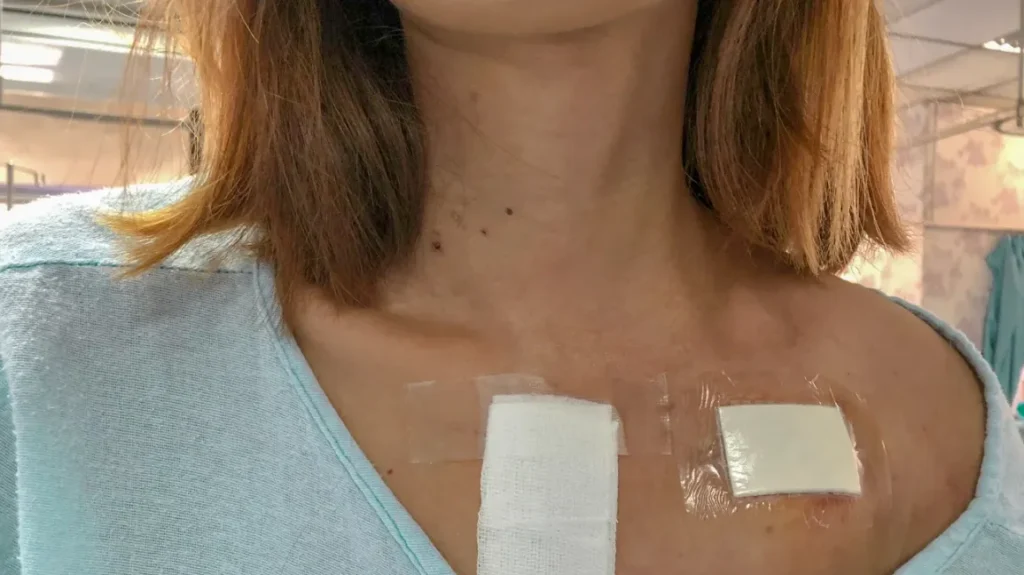
Pacemaker surgery is usually performed under local anesthetic, allowing the patient to remain awake during the procedure.
- The doctor makes a small incision, usually near the collarbone, to access a vein.
- Using X-ray guidance, the leads are inserted through the vein and guided to the heart.
- The leads are attached to the heart, and the other ends are connected to the generator, typically implanted under the skin near the collarbone.
- The incision is then closed.
Most pacemaker surgeries take about an hour, and patients often return home within a day.
Pacemaker Precautions: Things You Can’t Do With a Pacemaker
While generally safe, pacemakers require certain precautions:
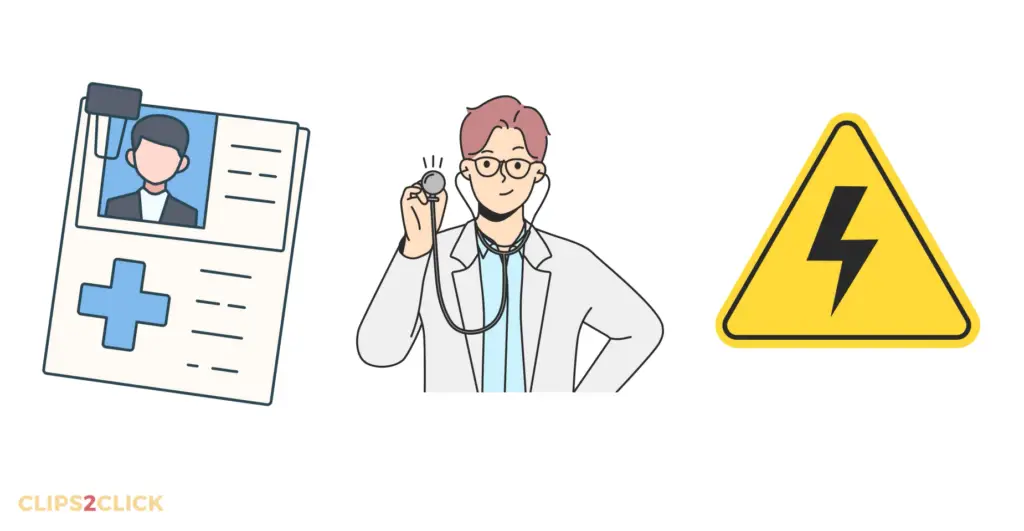
- Patients should avoid close proximity to some medical equipment, such as MRI scanners and certain types of electrocautery used in surgery, as the electromagnetic fields can interfere with the pacemaker’s function.
- Patients should inform all healthcare providers about their pacemaker to ensure appropriate care and avoid potential interference from medical procedures or equipment.
Life After Heart Pacemaker Surgery
After pacemaker surgery, patients need to follow certain guidelines for a smooth recovery:
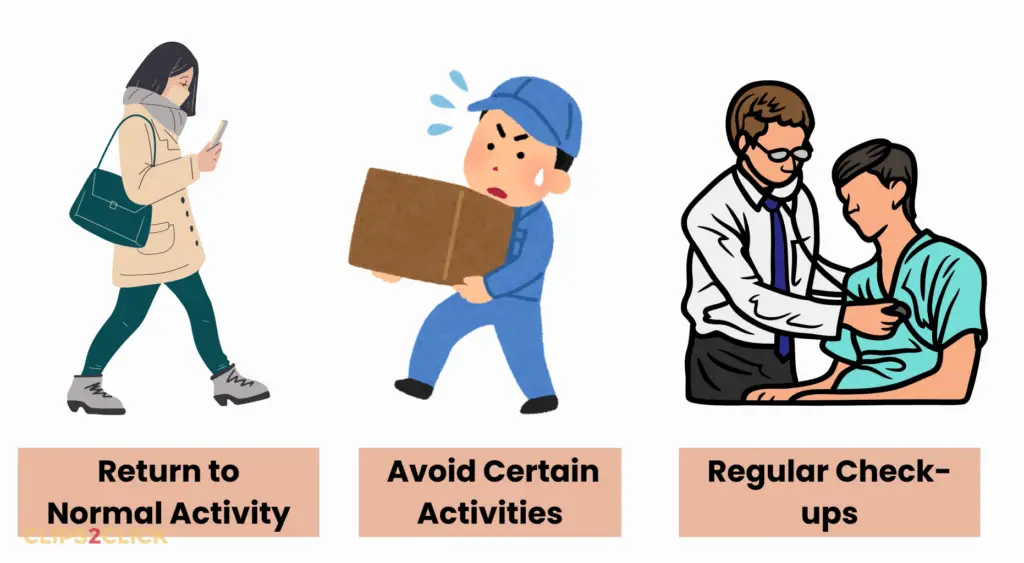
- Avoid strenuous activities like heavy lifting or vigorous exercise for a few weeks following surgery.
- Limit arm movement on the side of the pacemaker implantation as advised by the doctor.
- Attend regular checkups to monitor the pacemaker’s function and make any necessary adjustments.
Living With a Pacemaker
Pacemakers are designed to improve quality of life by regulating the heartbeat and alleviating symptoms like fatigue, dizziness, and fainting.
They allow individuals to lead more active lives. With proper care and precautions, pacemakers can last for many years, typically 5 to 15 years, before needing replacement.
It’s important to note that this blog post is for informational purposes only and shouldn’t be considered medical advice. Please consult a healthcare professional for any health concerns or before making medical decisions.
References
- MedlinePlus (2012). Heart pacemaker: MedlinePlus Medical Encyclopedia. [online] Medlineplus.gov. Available at: https://medlineplus.gov/ency/article/007369.htm.
- Mayo Clinic (2021). Pacemaker – Mayo Clinic. [online] Mayoclinic.org. Available at: https://www.mayoclinic.org/tests-procedures/pacemaker/about/pac-20384689.
- Cleveland Clinic (2022). Permanent Pacemaker: Treatment, Prevention, Outlook. [online] Cleveland Clinic. Available at: https://my.clevelandclinic.org/health/treatments/17360-permanent-pacemaker.
- NHS Choices (2019). Overview – Pacemaker Implantation. [online] NHS. Available at: https://www.nhs.uk/conditions/pacemaker-implantation/.
- John Hopkins Medicine (2019). Pacemaker Insertion. [online] Johns Hopkins Medicine. Available at: https://www.hopkinsmedicine.org/health/treatment-tests-and-therapies/pacemaker-insertion.
- Permanent Pacemaker Insertion: Background, Indications, Contraindications. (2021). eMedicine. [online] Available at: https://emedicine.medscape.com/article/1839735-overview?form=fpf#showall [Accessed 22 Jun. 2024].


